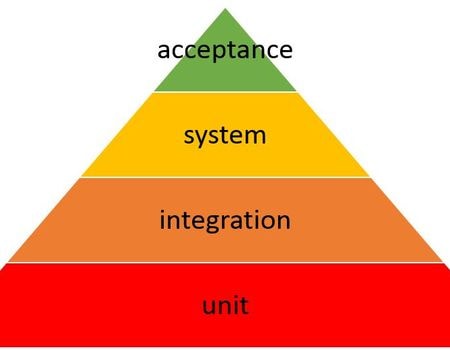
Software product testing is a complex process which involves different types of checking. Each such control type follows the certain purposes and includes the range of peculiarities in its execution procedure.
Depending on the criteria, there are several classifications of different software testing types. If the system of the product under test itself is in the limelight, then testing is performed at 4 levels.
Nowadays rather difficult systems, which consist of various levels and which functional is complex and integrated, are used.

At What Levels May Testing Be Fulfilled?
- Module testing (unit testing). Software consists of the great number of elements (units). Each such system part should function in a proper way. Only well-organized work of all elements ensures correct functioning of the whole system. Unit testing promotes the possible crash and error detection in the certain unit activity.
- Integration testing. After the system elements have been separately tested, the specialists fulfil the same units checking but already integrated. Not always the system part which perfectly worked separately will function the same correct way along with another element. Integration testing defines the bugs like this.
- System testing. The highest integration level – the system level. This test level includes the whole range of other testing types. This involves the control of the product performance, its security, functionality, reliability, load ability, and many other software aspects.
- Acceptance testing. Whether the product will go to the production or will be taken the following rework, it depends on such testing type results. At this stage, the specialists check whether the software refers all available requirements and criteria.
But testing does not need to be conducted at all above-mentioned levels. During web application testing, the specialists use another list of test levels.
